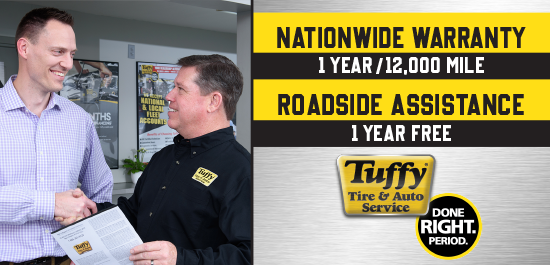| Our parents used to tell us the same thing - "Take care of your toys, and they'll last longer." Well, our parents were right, not just about bicycles and video games, but also about grown-up "toys" like Toyotas, Hondas and Fords. In today's tough economy, consumers might try to save money by putting off routine vehicle maintenance. But according to AAA, spending a little to take care of your car now can save you from more costly repair bills down the road. "While it's true that today's models require less frequent maintenance and are more reliable on the road, it is still important not to take our vehicles for granted," said John Nielsen, director, AAA Approved Auto Repair Network. "A small investment of time and money can mean big savings in the long run." AAA offers these suggestions to help avoid big repairs: - Stick to your vehicle manufacturer's maintenance guide. In your owner's manual, you can find information that will help you maintain your vehicle. - Flush your cooling system. Manufacturers typically recommend a cooling system flush every 40,000 to 100,000 miles - and for good reason. If the coolant is not flushed and replaced, it can corrode the radiator and other components. Corrosive fluid can also interfere with lubricating agents and wear down the water pump. You can spend several hundred dollars to replace a radiator. Replacing a water pump will set you back another $100 to $300 dollars. - Have your hoses checked. If a hose fails, your vehicle can overheat, and your engine can suffer damage. - Get your transmission serviced. If you overlook regular transmission service, transmission fluid can deteriorate and erode crucial internal parts. Replacing transmissions proves pricey, but avoiding the expense couldn't be simpler. - Replace your timing belts as needed. Mechanics typically replace timing belts every 50,000 to 60,000 miles. Why? A worn timing belt can snap, leaving you stranded. Worse yet, when a timing belt breaks, it can bend your engine's valves, leading to more costly repairs. The best way to ensure high-quality maintenance work? A high-quality repair shop. |
Tuffy
Menu




